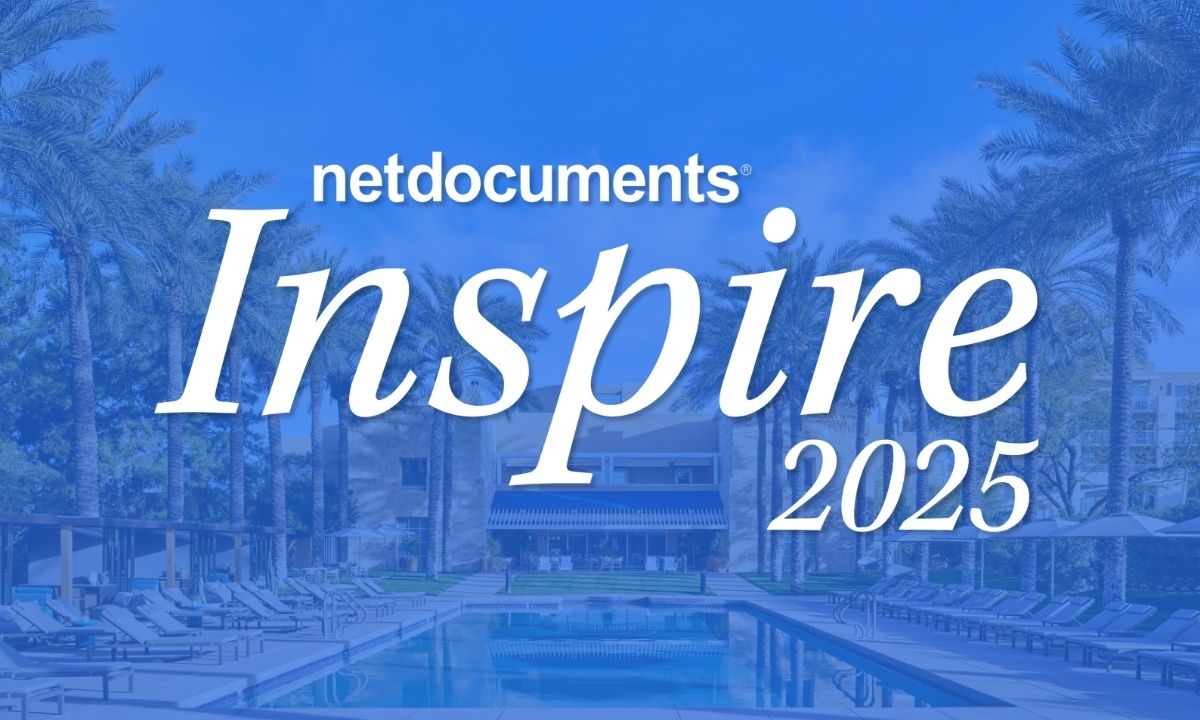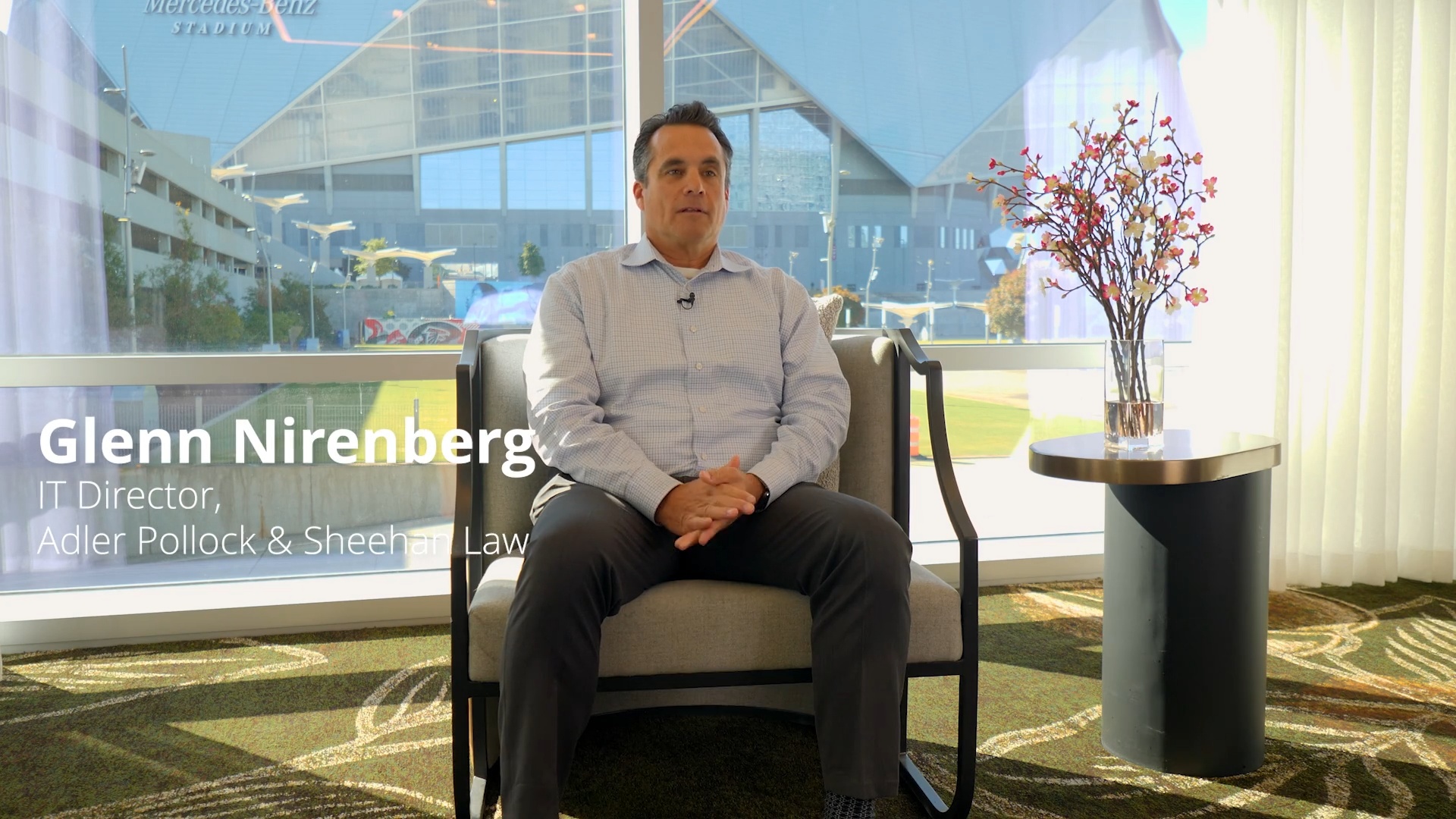
Legal Document Management for Lawyers & Law Firms
Intelligent workflows for legal teams.
Efficient legal document management software is crucial for any law firm to optimize workflows. Our cloud-based legal document management platform simplifies document workflows while ensuring security and compliance.
Enhance how you manage, store, and access legal documents with our advanced, GDPR-compliant legal document management software that offers flexibility, compliance, and security you can trust.

Improve legal document workflows
Our platform offers workflow automation to reduce manual tasks and increase efficiency for legal professionals.

Stay compliant with built-in & advanced security features
Our legal document management offers encryption, role-based access, and complete audit trails, so you can confidently manage sensitive information.

Maximize productivity
Automate monotonous administrative tasks and make document organization the easiest part of your team’s day.

Streamline digitization
Fulfill your client’s desire to engage digitally with your lawyers while keeping their information under lock-and-key with secure extranets.

Collaborate seamlessly
Remove tedious, administrative tasks so your team can focus on strategic initiatives like building stronger business relationships.

Get the most from your software
Gain insight into how your legal document software is being utilized and harness it to maximize efficiency across the entire organization.
Legal Tech Quiz
Is it time to level up your legal tech?
Take this 5-minute quiz to find out if your firm or legal team is ahead of the curve — or stuck in the past.
Discover a smarter way to work
Tailored document management solutions for diverse needs.
Legal Document Management Solutions for Law Firms
Law firms handle vast amounts of sensitive documents and need secure storage solutions. Our secure legal document management software ensures compliance with GDPR while improving document accessibility and security.
Stay organized with our best document management system for law firms featuring version control, ensuring that team members can track document changes. Manage sensitive information with confidence, knowing our system is built for compliance-driven environments.

Efficient Document Management for Corporate Legal Teams
Corporate legal teams often struggle with distributed workflows. Our enterprise document management system for law firms offers centralized storage and secure access for remote teams. Create intelligent automated workflows to save time and boost team productivity.
Integrate our legal document management system seamlessly into your existing infrastructure, streamlining workflows and enhancing security across your legal teams globally.

Government-Grade Security for Agencies
Government agencies need secure collaboration tools to handle sensitive data. Our FedRAMP-compliant legal document management system ensures your documents remain secure, with built-in collaboration tools across departments.
Manage data with the highest level of security while adhering to strict regulatory standards.

Do More of Your Best Work
- Reduce your team’s workload by eliminating tedious administrative tasks with document and email management.
- Send, receive, and track electronic signatures without ever leaving your document management system
- Enable team members to be able to focus, innovate, and deliver better outcomes.

Lower Risk, Lower Blood Pressure
- Never sacrifice compliance for productivity.
- Tackle your most complex security requirements with data loss prevention, easy-to-implement ethical walls and more.
- Work with confidence knowing your data is secure.

Collaboration that Motivates
- Reduce risk while delivering modern collaboration experiences clients expect.
- Share and review documents with clients or colleagues securely and effectively.
- Work together seamlessly on a single platform with tools like real-time co-authoring and Microsoft Teams integration.

Want Painless Closings? Go Paperless
- Save time and resource organizing and packaging content with document bundles.
- Share content with clients, outside counsel, or other groups using sharable digital workspaces that keep your information within the security of the NetDocuments platform.

Achieve Better Outcomes with Better Data
- Avoid burnout with tech that makes work (and work-life balance) easier.
- Leverage data to help your team work more efficiently, freeing up their time to focus on higher-value work and excellent client service delivery.
- Gain clear visibility into subject-matter expertise and how your team works with document analytics.

customer stories
See what customers are saying…
“NetDocuments has offered us such an advancement in how we use our document management system…”
Jackie Willis, Director of Technology
Gould & Ratner
“We required a cloud-based document management solution that would support our journey to becoming a more flexible and resilient law firm that’s well-positioned to provide secure client services wherever and whenever they are needed.”

Toh Kok Seng
Lee & Lee
NetDocuments security features and future-proof product roadmap really stood out. We strive for excellence in everything we do to achieve the best results for our clients. NetDocuments’ tight integration with our new PMS and innovative features, will enable our lawyers to take their work to the next level.”

Richard Greenaway
Anderson Lloyd
Trusted by
Legal Professionals Globally
NetDocuments is a leading provider of cloud-based legal document management solutions, built to meet the unique needs of law firms, corporate legal teams, and government agencies. With over two decades of experience, NetDocuments has earned the trust of more than 7,000+ law firms, corporate legal departments, and public sector entities by delivering secure, scalable, and reliable document management services.
Our platform is designed with legal professionals in mind, offering advanced features such as workflow automation, version control, real-time collaboration, and integrated legal AI, all while ensuring compliance with stringent regulatory requirements like GDPR, HIPAA, and FedRAMP. NetDocuments supports legal teams in storing, organizing, and retrieving documents effortlessly, improving productivity and minimizing risks associated with document management.
a trusted dms
Why Legal Teams Choose NetDocuments
Legal professionals rely on NetDocuments for its unmatched combination of security, flexibility, and compliance managing large volumes of sensitive client documents or collaborating across distributed teams, our platform empowers firms to streamline their workflows while maintaining the highest standards of data protection.

Seamless integration with familiar tools like Microsoft Office ensures that teams can work within their existing software ecosystem without disruption.

Mobile access enables legal professionals to securely manage and access documents from anywhere, ensuring flexibility and responsiveness in client service.

Data security is a top priority, with features such as encryption, data loss prevention, and role-based access control protecting confidential legal information at every stage of the document lifecycle.
Focus on Compliance & Security
NetDocuments stands out in the legal technology market for its commitment to regulatory compliance and data security. Our platform is designed to meet the strict requirements of global legal standards, including GDPR, HIPAA, and FedRAMP, ensuring that your firm remains compliant with both regional and international regulations.
We understand the importance of data integrity and client confidentiality in the legal industry. That’s why our platform includes advanced audit trails, ethicalwalls, and data retention policies, enabling firms to handle sensitive legal documents with confidence. With NetDocuments, legal teams can trust that their information is secure, whether it’s being stored, accessed, or shared.
With over 7,000 clients globally, NetDocuments is trusted by legal professionals, corporate legal teams, and government agencies to manage sensitive legal documents securely and efficiently. Our platform helps clients adhere to strict compliance standards, enhancing security and workflow efficiency.
With a strong foundation in security, compliance, and productivity, NetDocuments continues to be the preferred choice for legal teams looking to modernize their document management processes and stay ahead of industry demands.
A Proven Track Record in Legal Tech
Over the years, NetDocuments has been at the forefront of innovation in legal document management, consistently delivering solutions that address the evolving needs of the legal profession. Our platform’s scalability makes it suitable for firms of all sizes, from small law practices to global corporate legal departments.
NetDocuments APIs allow firms to integrate our platform with other critical legal technologies, enabling seamless workflows and improved productivity.
Advanced Automation Capabilities: Our platform automates routine legal tasks, such as document filing, approvals, and version control, freeingup time for high-value legal work.
Global Compliance: NetDocuments ensures adherence to global regulatory standards like GDPR, HIPAA, and FedRAMP, making it ideal for firms with international operations or strict compliance requirements.
Seamless Integration: With native integrations for Microsoft Office, Outlook, and other legal software tools, NetDocuments fits naturally into your existing technology stack, enhancing productivity without disruption.
Integrated AI Tools: The intelligent DMS offers powerful legal-specific apps and a legal AI assistant to transform workflows and streamline efficiency, productivity, and accuracy— all built directly into the platform.
Cloud-Based Flexibility: Access your legal documents securely from anywhere, anytime, enabling remote work and collaboration for distributed teams.
Role-Based Access Control: Ensure only authorized personnel can access or edit sensitive documents, protecting client confidentiality and reducing security risks.
24/7 Customer Support: Our dedicated customer support team is available around the clock to assist legal teams in resolving issues and maximizing the platform’s efficiency.
Proven ROI: Many clients report a significant reduction in document management costs and an increase in overall productivity after implementing NetDocuments.
Data-Driven Success
NetDocuments has reduced document management costs by 30% for clients, enabling faster workflows and ensuring top-level security. Over 60% of law firms using NetDocuments report a 25% productivity improvement due to automation and better document version control.
Streamlined Legal Document
Management in 4 Simple Steps
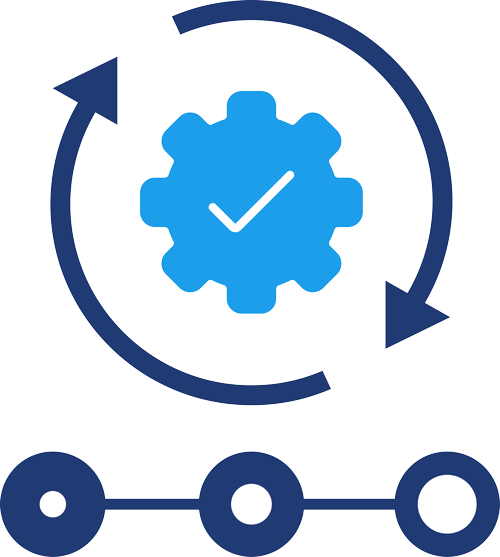
1. Upload Documents
Securely upload documents to the cloud, ensuring compliance with GDPR, HIPAA, and FedRAMP standards. Easily store and categorize documents for better organization and access.
2. Accelerate Work with Integrated Legal AI
Use the AI assistant and pre-built legal apps to enhance workflows and automate routine tasks, helping save time and minimize human error.
3. Collaborate with Role-Based Access
Collaborate securely across teams with role-based permissions, ensuring that only authorized personnel can view or edit sensitive documents.
4. Track & Review Changes
Use audit trails and version control to track changes and review previous versions. Maintain a full history of document edits, ensuring transparency and accountability.
Resources
Level up with these resources
-

- Blog
Let AI Do It — With Background Apps
Michelle Spencer Lead Technology Strategist The ability to automate routine work…
-
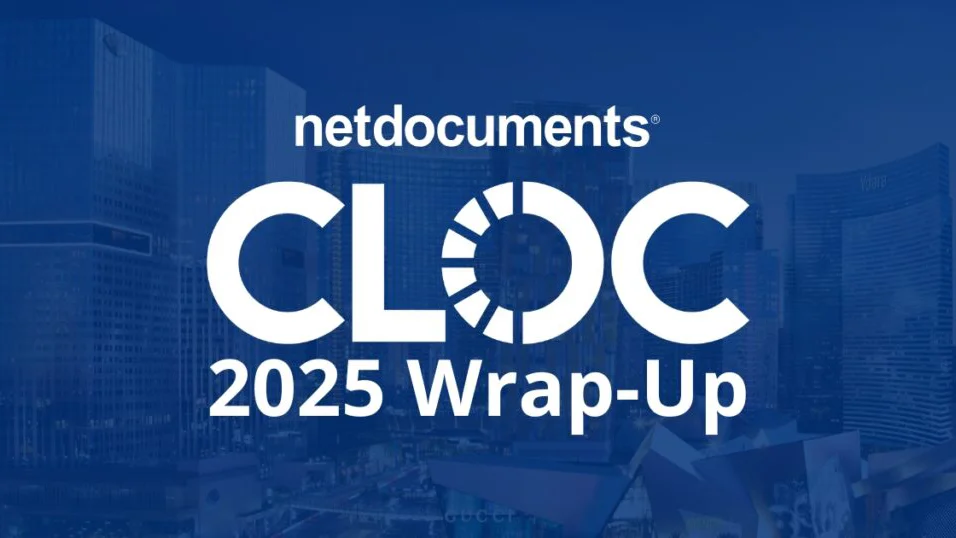
- Blog
CLOC CGI 2025 Wrap-Up: From YOLO to YONO — What’s Next for Legal Ops?
What a week we had at the 2025 CLOC Global Institute!…
-
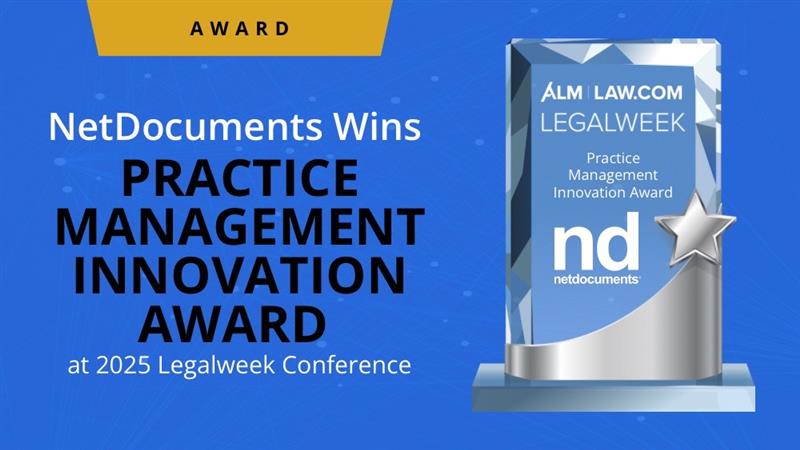
- Blog
NetDocuments Wins Practice Management Innovation Award at 2025 Legalweek Conference
NetDocuments is proud to announce a new accolade for our intelligent…
-
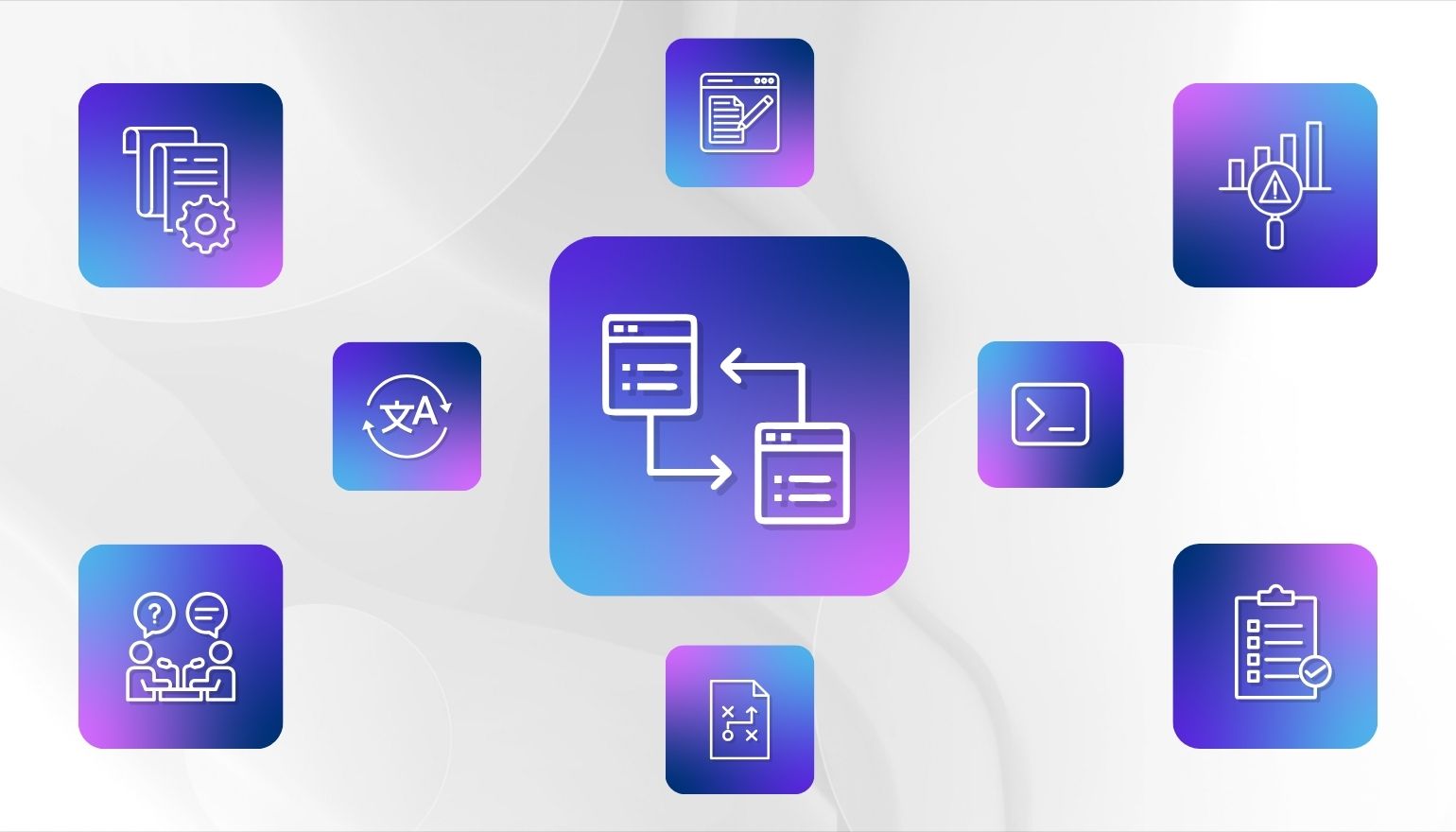
- Blog
Ready-to-Go AI Apps for Legal Use Cases Available Now in the New ndMAX Studio
Legal professionals are looking for smarter, faster, secure ways to harness…
let’s connect
Discover What NetDocuments Can Do for You
Request a demo today to explore the capabilities of intelligent document management and see why NetDocuments is the world’s #1 trusted cloud platform.
Sign up today for a live demo or speak to a representative.
FAQs
How does NetDocuments ensure legal document compliance?
NetDocuments integrates compliance tools for GDPR, HIPAA, and FedRAMP, ensuring that legal documents are stored and managed according to strict regulations. Built-in audit trails track all changes for full transparency.
Can we track document versions easily?
Yes, our document management software for law practices and departments provides advanced version control, allowing users to track document changes, revert to previous versions, and maintain a complete record of all edits and actions.
Is NetDocuments FedRAMP certified?
Yes, our platform is FedRAMP-certified, ensuring that it meets the high security and compliance standards required for government agencies managing sensitive information.
How does NetDocuments handle workflow automation?
NetDocuments automates key workflows, such as document filing and approval processes, to increase efficiency and reduce manual tasks. This feature is especially useful for corporate legal teams managing complex projects.
How does the platform integrate with existing systems?
Our legal document management system integrates seamlessly with Microsoft Office, Outlook, and other popular document management software for lawyers, enabling your team to work efficiently without changing existing processes.
Can NetDocuments ensure secure collaboration across departments?
Yes, our platform includes role-based access controls, ensuring that only authorized users can access or edit specific documents, even in distributed teams.
How does NetDocuments protect sensitive data?
We use encryption, multifactor authentication, and role-based permissions to ensure that all sensitive legal documents are secure. Our platform also meets the most stringent data privacy regulations.
Can compliance officers track documents efficiently?
Absolutely. Our compliance management software offers full audit trails, making it easy for compliance officers to track document activity, maintain regulatory standards, and ensure data protection.
How does NetDocuments help IT managers?
IT managers benefit from our platform’s cloud document management integration, which ensures high security across all systems. Our solution also offers easy management of user access across departments.
How does NetDocuments ensure seamless collaboration for legal teams?
Our document and legal knowledge management software is designed for real-time collaboration, allowing teams to work on documents together, track changes, and ensure that everyone is working with the latest version.
NetDocuments


